05 Sep2014
Caribeans chocolate Puerto Viejo – chocolate making process and tasting
I remember very well the Caribeans chocolate from the first time I visited the
Caribbean beaches of Costa Rica back in 2012. So revisiting after 2 years and not going to the Caribeans shop for some chocolate was just mission impossible.
This time I even went on a chocolate tour with Paul when staying close by at
Cariblue hotel on the Cocles beach just outside of Puerto Viejo.
Caribeans chocolate Puerto Viejo, here I come!
A group of us gathered at the Caribeans shop to start the chocolate tour.
When we passed the drying cacao beans along the main road outside of Caribeans shop, Paul, the owner explained us they moved to the area 10 years ago with his wife.
”Many chocolate companies got involved in the corruption some 15 or 20 years ago so it’s not even chocolate what they sell now as it’s in very large volumes with bad quality, if any.”
Cacao fruits are super cheap, Paul could sell one for just $0.03 which is nothing regarding to the work that has to be put into taking care of the trees. And this is exactly what the big chocolate companies realized and thus started separating the coca butter and sell it to cosmetic companies. As some kind of oil is necessary in chocolate, the cocoa butter was replaced by palm oil, or other vegetable oils instead which is also produced pretty cheap. Bad move in the chocolate making process!
”Unfortunately, nowadays we all fell in love with what is just the shadow of what is real chocolate.” Paul said and I had to agree.
People that love chocolate do not have many places around the world where to really find the pure chocolate as all the stores are full of what is called chocolate but is full of different ingredients but very few amount of chocolate/cacao.
We were walking up the hill to the Caribeans farm learning more about the trees and the whole process.
The theobroma cacao tree seeds need wildlife (deer, pigs or even monkeys) to distributes them around. The nature is so powerful and realized that theobroma is toxic for animals so if they try to eat the fruit, they spit it out around which is part of the natural circle. And thus, the animals cannot eat many cacao fruits either … which is good for us, the chocolate lovers :D
”I want to share my passion with you and how it all changed my life. I also want to create an organic path. In Central America, the cacao is the most valuable product and my aim is to get it out to the world so when people think of Costa Rica, they would think of real chocolate.” Paul tried to explain us his dream and why he is putting all his efforts into the Caribeans chocolate Puerto Viejo.
I can proudly say that the goal was reached already with at least 1 person … me! When I think of Costa Rica, I think of pure chocolate I cannot live without, for sure.
*Interesting fact: Back in time when the Spaniards came to the Central America, 1 cacao bean was so valuable that it equaled 1 Spanish gold coin.
When climbing the hill to the farm, we saw some toucans, also red frogs and black and green poison dart frogs, 2 of the 7 kinds of some 120 kinds of frogs that Paul has found at the 6 hectares of the Caribeans property.
Once we got up to the farm, we stopped by more than 1,000 cacao pods for compost for the garden and Paul also showed us how to move the cacao beans from one box to another when fermenting.
We walked by a majestic nispera (nispero) tree that must be more than 500 years old.
”Columbus probably saw this tree when he sailed this area” Paul smiled. ”Also Drake and the famous pirate Morgan passed through here as this place served as both national and international viewpoint. Also those who might have left the well-known treasure in Portobelo area in
Panama sailed these waters.”
Then we saw a house for friends and partners where seminars take place sometimes and heard howler monkeys close-by. The cute spider monkeys dwell this area, too. I love the nature and wildlife of Costa Rica so much!
Once we got up the hill, the most amazing view spread in front of us. There, we also met Paul’s wife. She looks so pure, so modest and has the nicest blue eyes ever! She resembled a beautiful fairy :)
After some history and the beginning of the chocolate making process – fermenting, the best part of the tour was waiting for us, chocolate tasting, after walking the once called Mango walk.
Chocolate tasting
The proper way of chocolate tasting consists of 3 steps:
1. break the chocolate
2. sniff it
3. taste it slowly, chew all around the mouth
We were kindly asked to check out for things such as: how the chocolate melts, flavor, less or more acidic, how sweet it is, fruity or nutty flavor etc.
The guy from the Canadian couple from Calgary said: ”I could just sit here all day long” …”and eat chocolate” I added. ”Yes, all day, every day.” I smiled. What a perfect moment it was!
All Caribeans chocolate bars contain 72% of cacao (by weight) but they taste as if it was around 85% as there’s more cacao and no added oils nor butter as it is in those commercial chocolate bars sold in stores usually. The % of cacao are measured by cacao together cacao butter so we never really know how much plain cacao without the butter is in there.
The 1st chocolate we tasted was Marvin Gandoca: fruity flavor, increased density slowly, pleasing sensation.
The 2nd chocolate Jose Hone Creek had less smell, was thicker, more peanut buttery texture, melted more, heavier, like a pudding or ice cream (real pudding has some cream usually and that creamy texture), and tasted sweeter, something like vanilla or caramel. The 1st and 2nd chocolate bars we tried contain exactly the same amount of cacao (72% as all the Caribeans chocolates) but the 2nd one feels as if there was more sugar in it even though there was not.
The 3rd chocolate was Anselmo Paraiso and like the name suggest, it was my personal paradise. It had a sort of a BBQ aroma, very strong, more acidic, fruity flavor like a tart, buttery thick. Tasted similar to some dried fruits like raisins. This chocolate also has more perfume into it, such as jasmine tea in the end and it also leaves your mouth dry like strong tea or wine. ”Anselmo Paraiso tastes like an award winning chocolate, but not a best-seller yet, right?” explained it the best Paul.
The 4th chocolate we tasted was softer and gentler like brown sugar or melasa, but not very strong, soft aroma smell too, nutty flavor, melts long and thus it takes long to get its flavor in the mouth. We needed some time to taste it.
The Caribeans chocolate Puerto Viejo does not go through the alkalized, so called dutch process that started in the early 19th century to give a milder flavor and change the color of the natural cocoa as it’s really something we do not want to get pure chocolate (the result of that process is called dutched chocolate and unfortunately most of modern chocolate is made that way).
Like I mentioned already, Caribeans do not contain any soy lecithin, palm oil nor any other vegetable oil; but only contains cacao and raw organic sugar so I can definitely call it a healthy chocolate and eat as much as I want :)
Afterwards, Paul’s wife brought us a home-made hot cacao drink based on the Maya and Aztec recipes = cacao with cinnamon, bee pollen, vanilla, cayenne pepper and probably some more secret ingredients. The only difference is that they enjoyed the hot cacao more spicy back in the days (and I am not a spicy fan at all.)
*Interesting fact: The research says that many lonely people or those who are feeling ashamed want to hide those feelings = it’s the people who eat a lot of chocolate. They also munch on it on their own and do not want to share it with others and thus show them their chocolate obsession. Surprisingly, this is exactly the opposite attitude of the one found in the history when captains would give pure chocolate to his workers so it provided all day nutrition when they needed to work hard physically. My suggestion? Let’s all eat more pure chocolate :)
Then, we all walked a few metres down to the little factory where Paul and his employee showed us the chocolate making process.
Unfortunately, it was the end of the tour. We walked down the hill to the Caribeans chocolate Puerto Viejo store where Paul made us a mango drink with aloe vera and where we could buy some chocolate.
7 chocolate bars I tried – all made bean-to-bar in Puerto Viejo – all of 25 gr worth $2 and all of 72% cacao:
- Single Farn Shiroles: Irene de Acomuita
- Single Farm – San Rafael de Cahuita: Olivia
- Special reserve – Antigua, Guatemala
- Three Kings – Tres Reyes – great taste, with spices cacao, sugar, cardamomo, cinammon, nuez moscada (nutmeg?)
- Single Farm – Amubri: Rudencio – tasted a bit sweet, I really enjoyed the
- Tarra … Gone from Estragon plant was very tasty
During my stay in the Puerto Viejo and Manzanillo area, I revisited the Caribeans chocolate Puerto Viejo a few times for more chocolate. I LOVED the chocolate brownie with ice cream, OMG, a must try! You will not be able to get enough of it, trust me :)
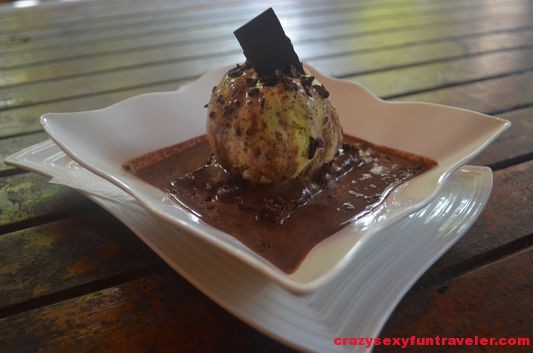


There’s also some good cakes and brownies and chocolate drinks sold in the store.
Plus, you can taste Caribeans chocolate Puerto Viejo each time you come to the store – there’s a tasting lounge. Thumbs up for the awesome job! I really appreciate the organic approach to real chocolate.
Check out some videos from the Caribeans chocolate Puerto Viejo tour:
On Organic chocolate farms:
Chocolate history and on the way to the Caribeans chocolate Puerto Viejo farm
Love for chocolate and why Caribeans chocolate Puerto Viejo idea?
For more information, please visit Caribeans chocolate Puerto Viejo website and also their store and chocolate tour on the Playa Cocles, Puerto Viejo, Costa Rica.
*** It took me more than one day to write this post and make and upload the videos.
Posted in Central America, Costa Rica, photo, press trip, travel Tags: chocolate Puerto Viejo, Costa Rica, Puerto Viejo
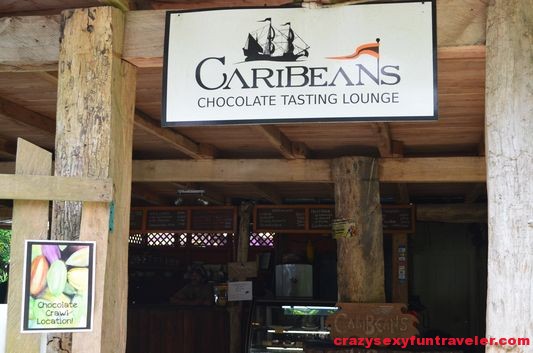
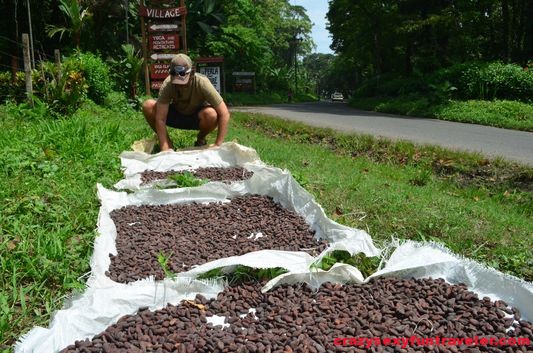
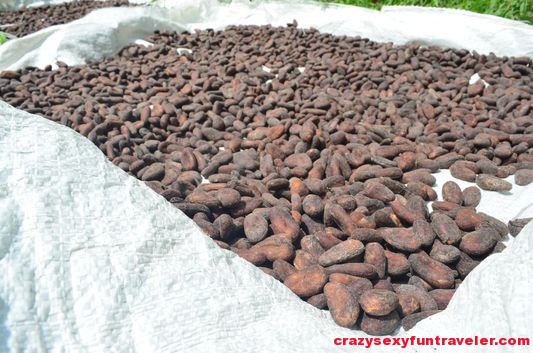
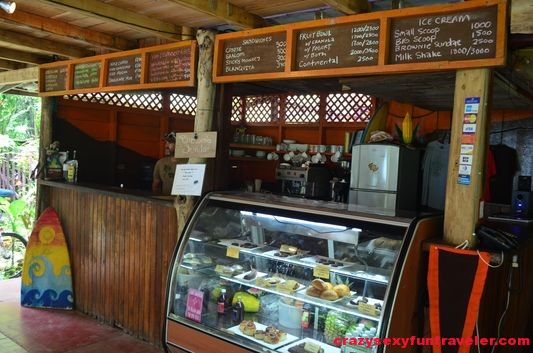
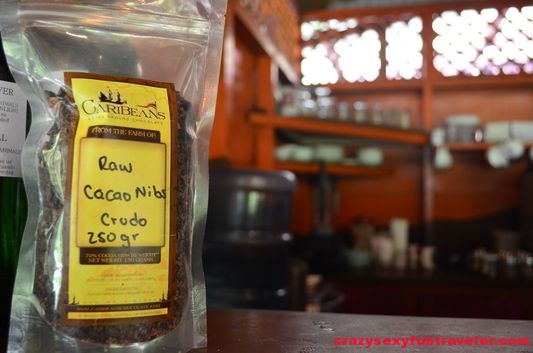
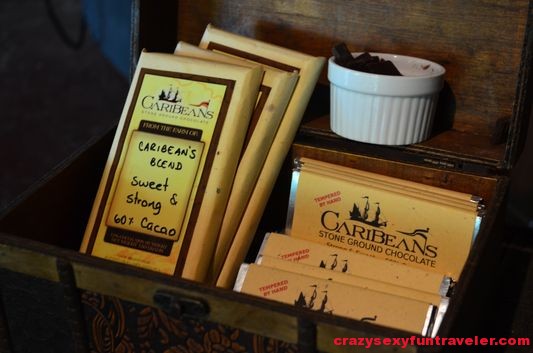
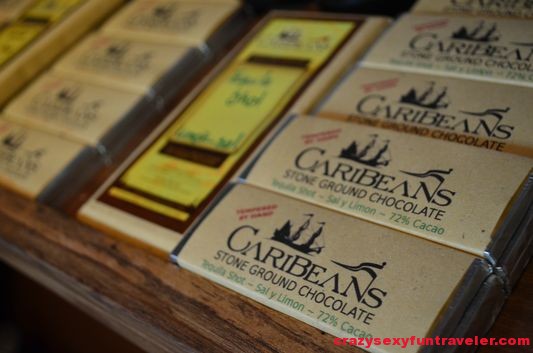
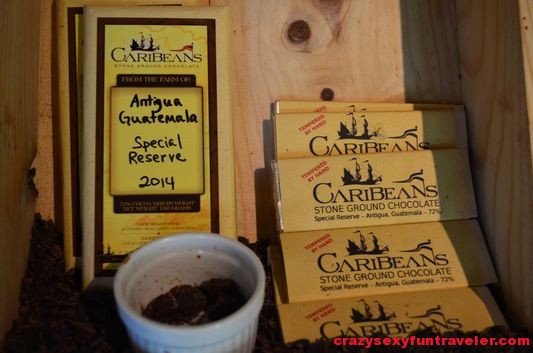
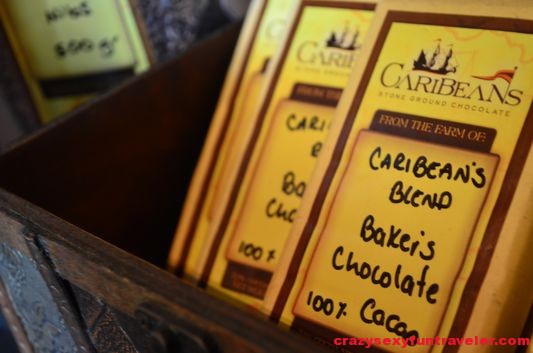
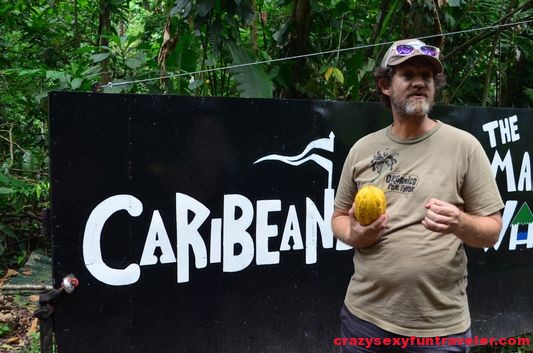
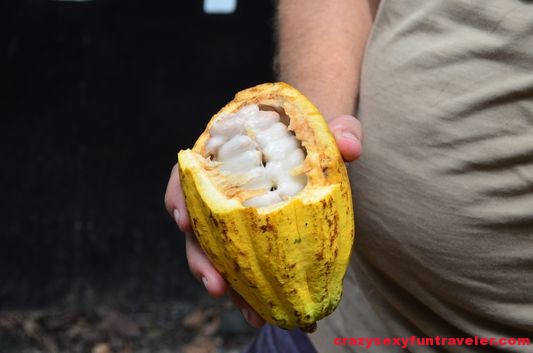
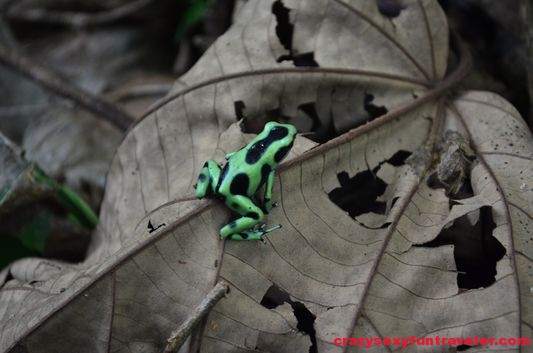
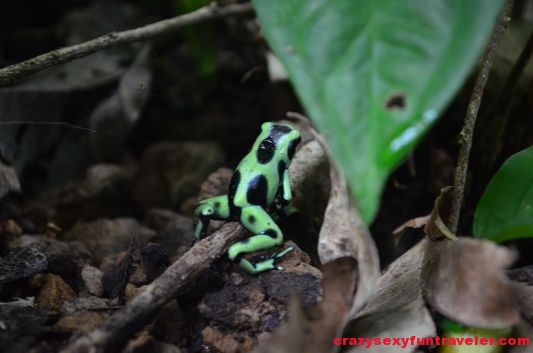
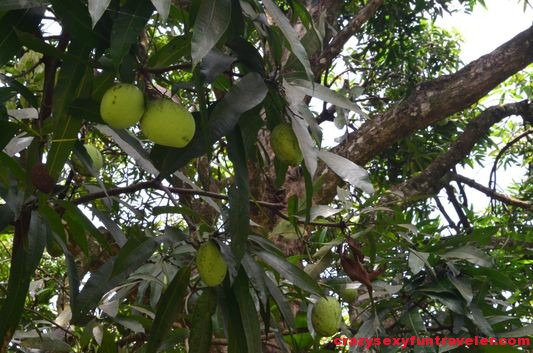
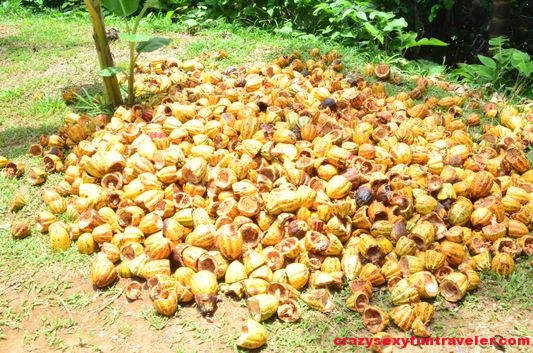
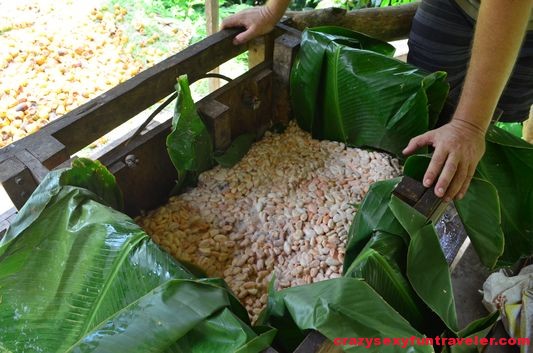
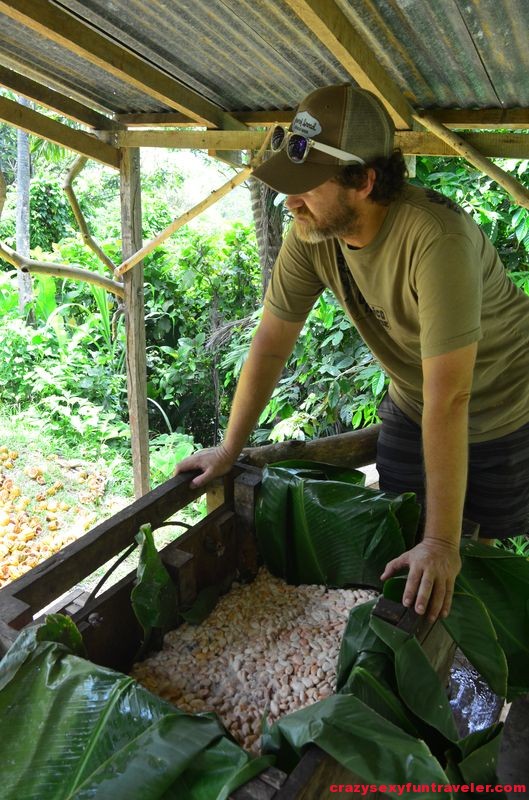
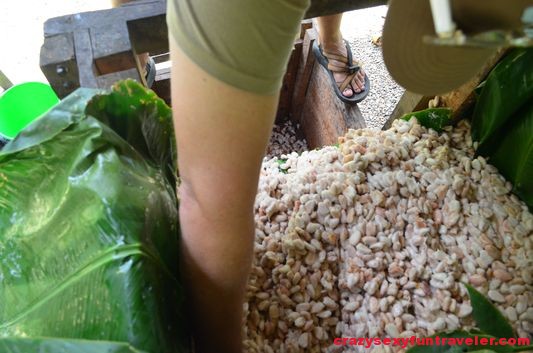

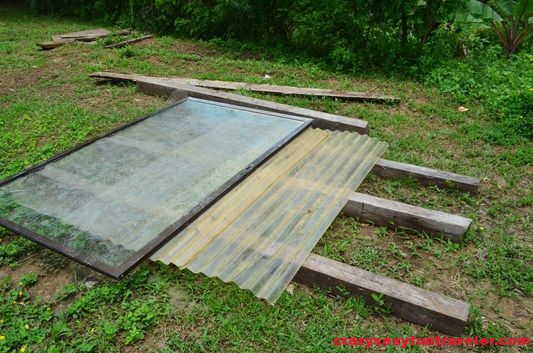
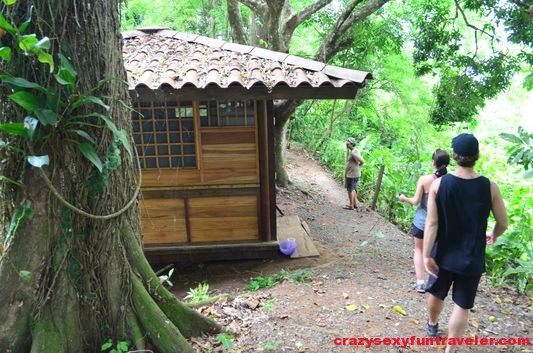
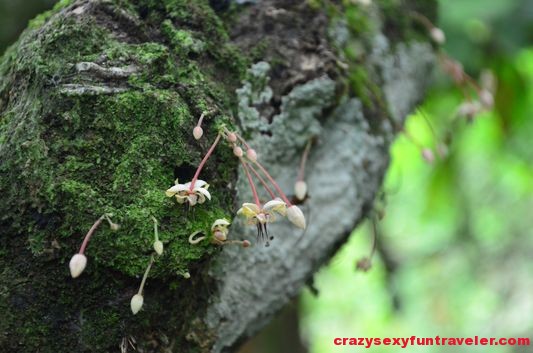
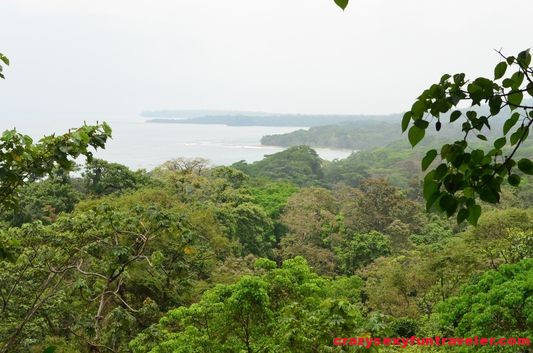
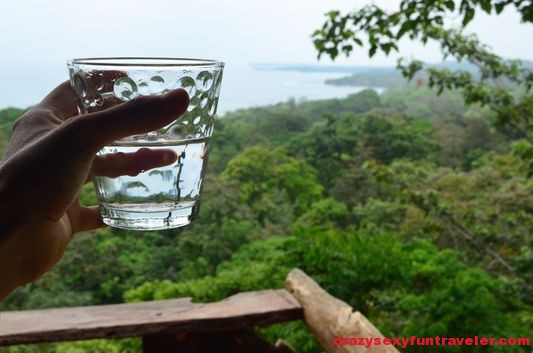
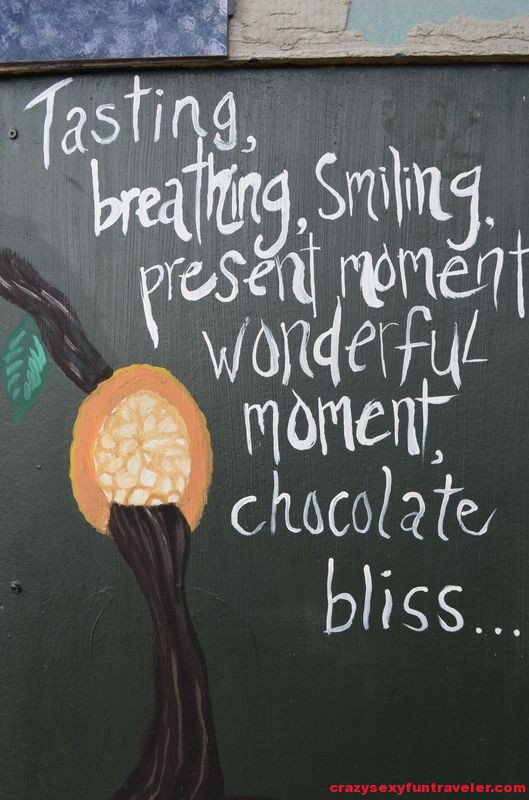
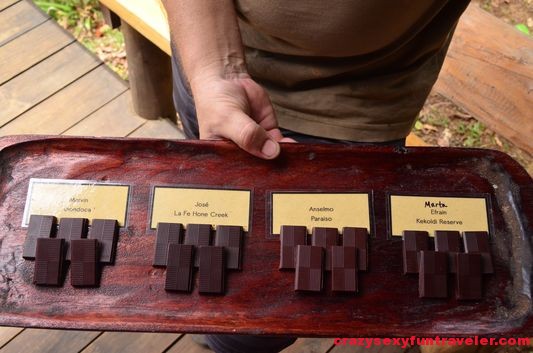
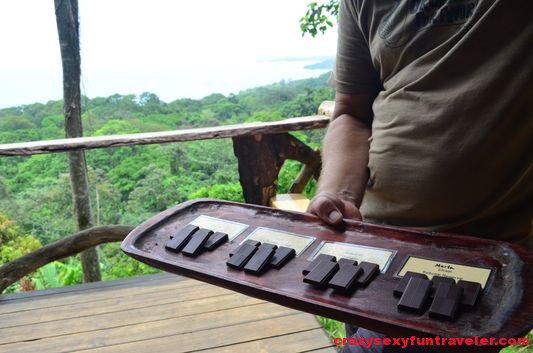
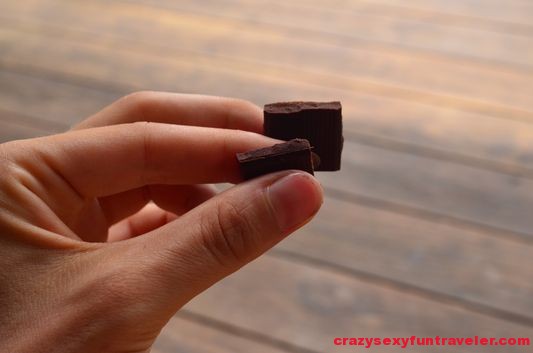
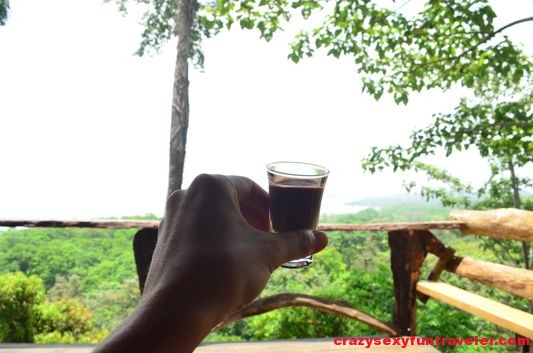
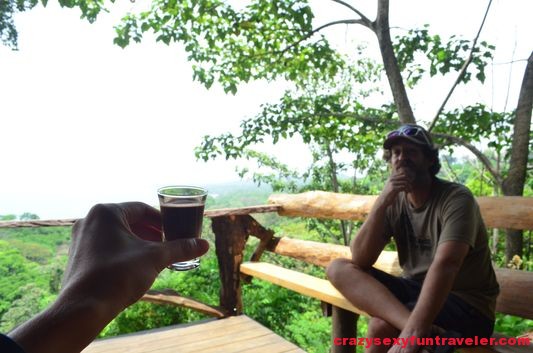
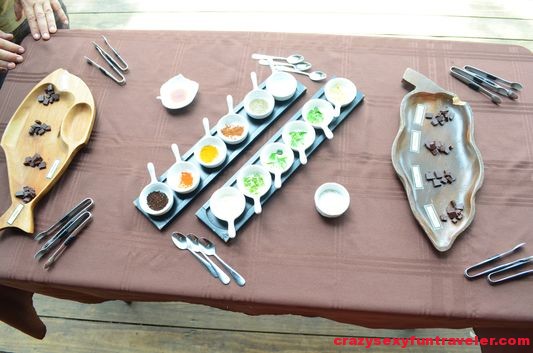

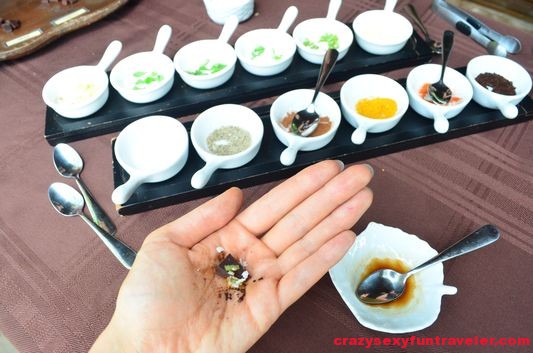
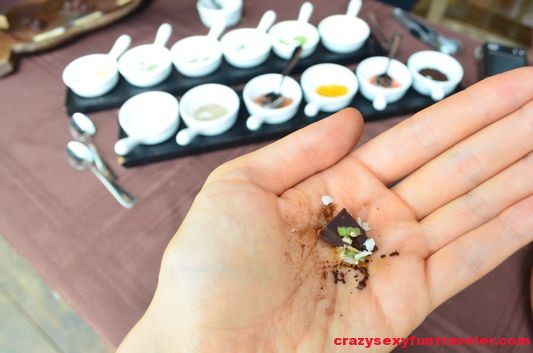
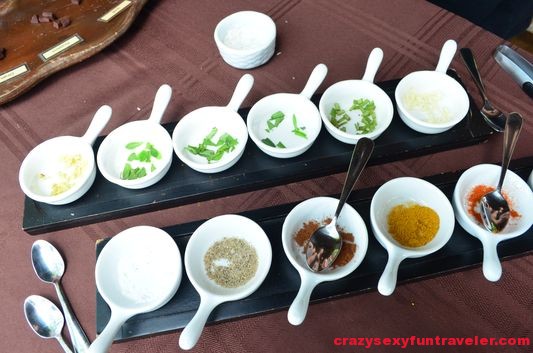
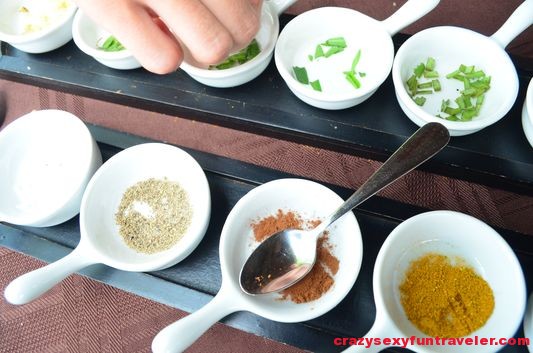
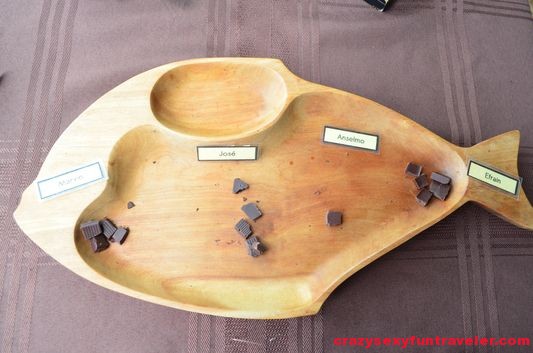
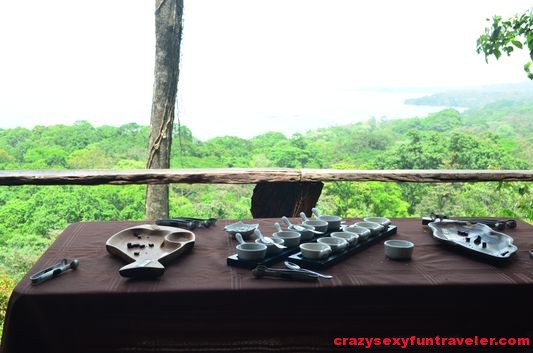
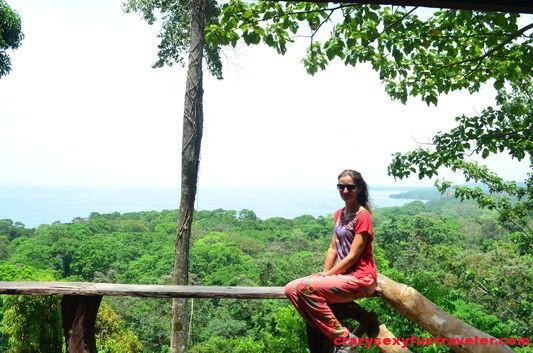
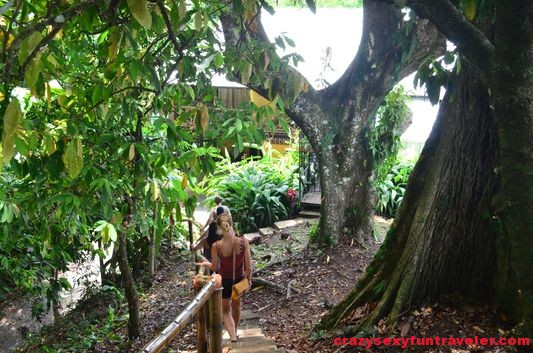

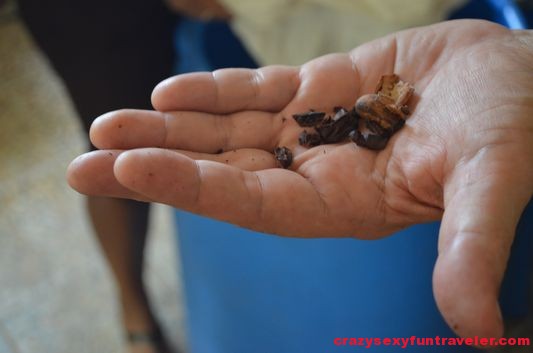
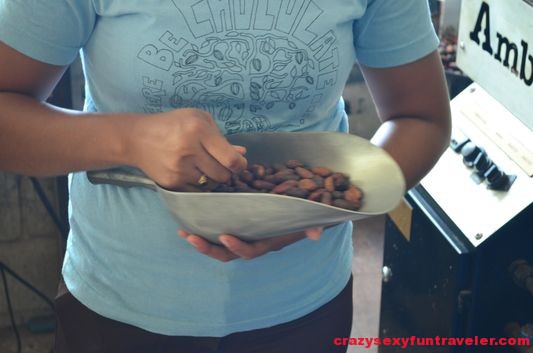
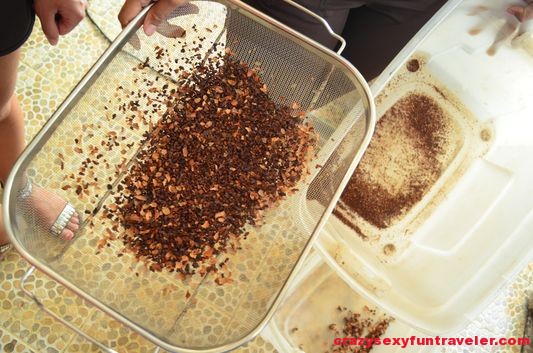
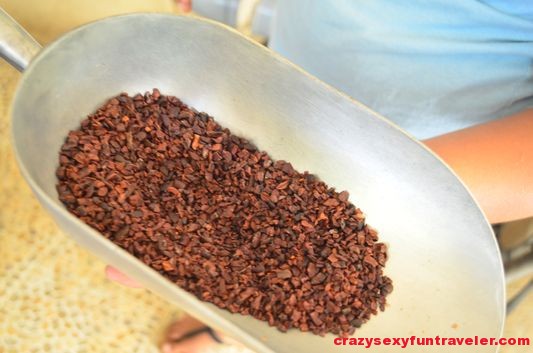
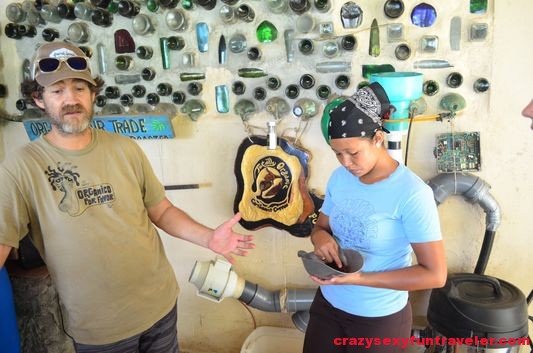
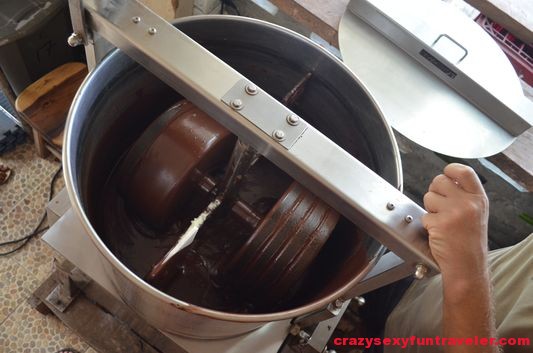
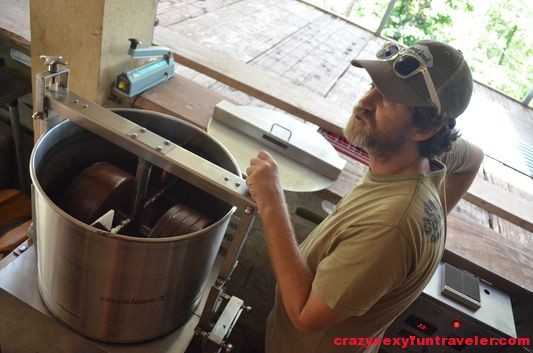
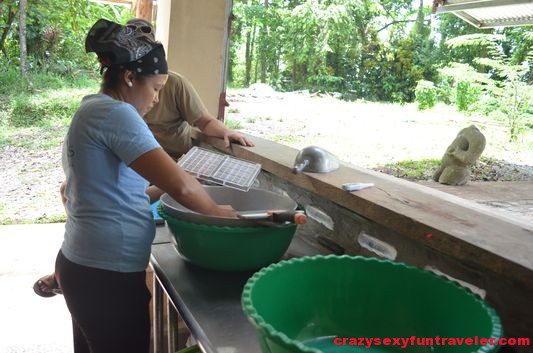
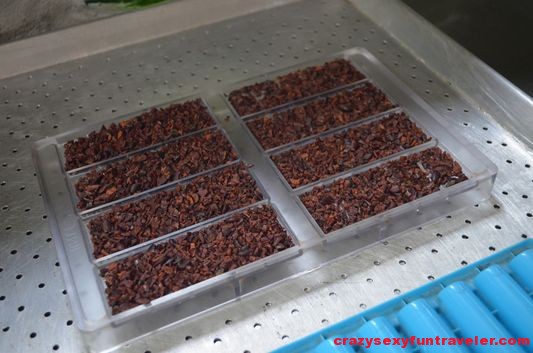
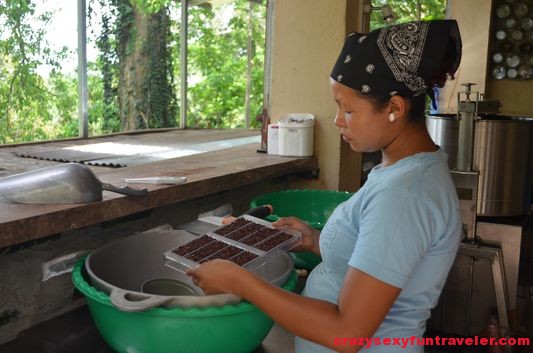
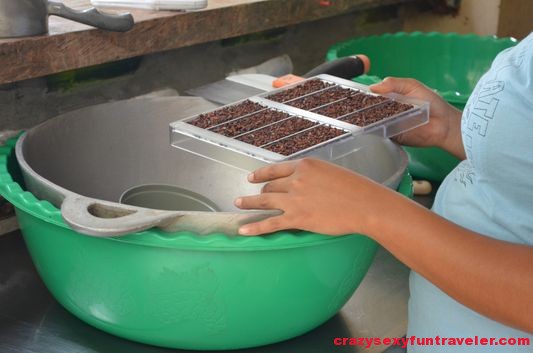
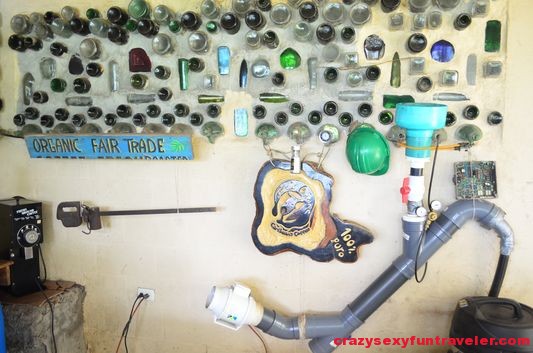
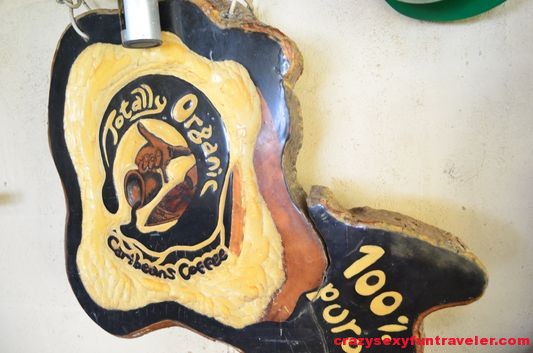
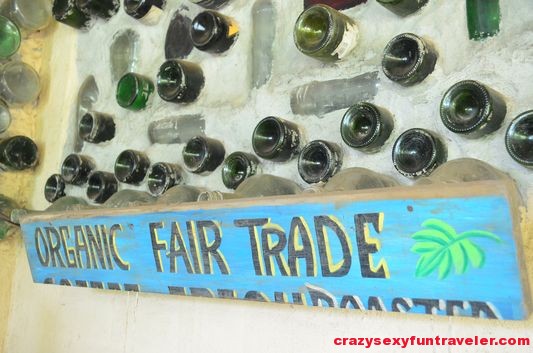
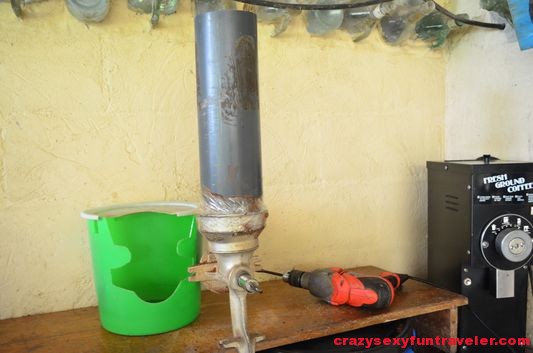
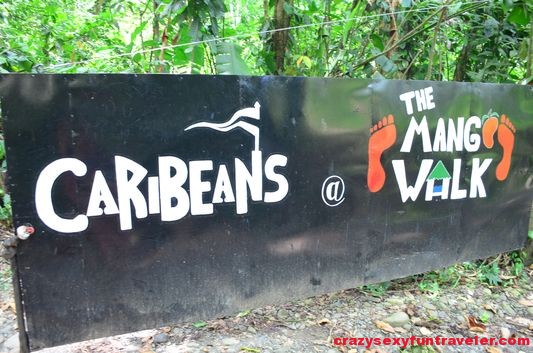
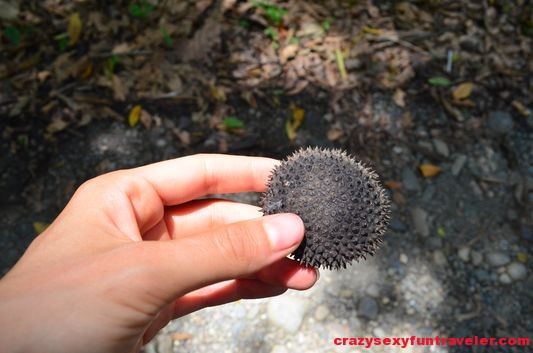
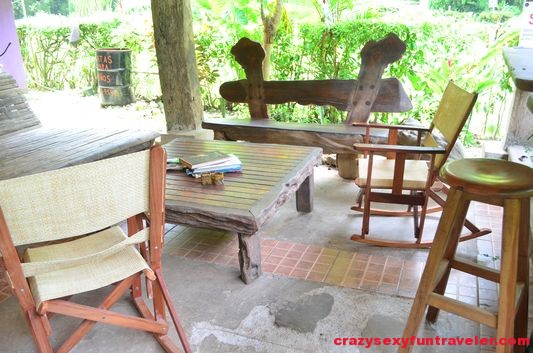
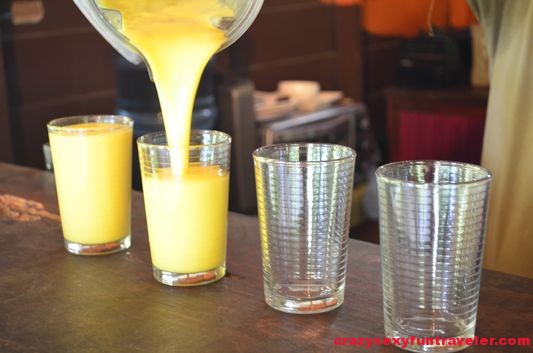



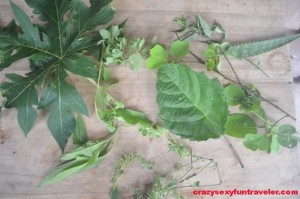
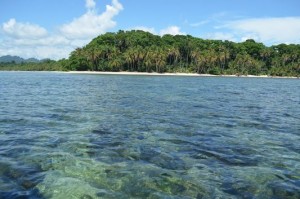

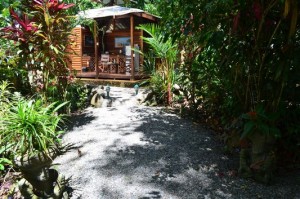

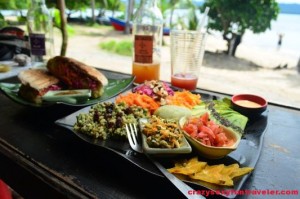

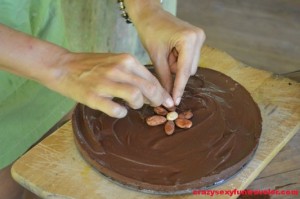

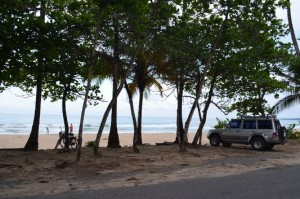
Anna Lysakowska
| #
Yum! I wanna go on this tour. Looks like you had a lot of fun!
Crazy Sexy Fun Traveler
| #
You so so SO should Anna ;)
Crazy Sexy Fun Traveler
| #
Comment@ Hans:
Certified chocoholic sounds like me :D
Hans
| #
As a certified chocoholic, I will absolutely have to check this place out … thanks for the through review!
Lily Lau
| #
So much chocolate I couldn’t start writing the comment without going to get some! It was not Caribean, though… now it won’t taste the same anymore!
Crazy Sexy Fun Traveler
| #
Gotcha. Quality chocolate is awesome!
Craig
| #
Wow I would love to taste the real chocolate of Costa Rica, looks amazing and so much goes into the process of making it. Great post, love the pictures
Crazy Sexy Fun Traveler
| #
Definitely get Caribeans chocolate once you get into that area :)
Krishna Deluxe
| #
Wow, that was a tutorial in itself. I know how to be a smash hit chocolate factory, theoretically :)
Kudos for the post, though.
Regards,
Bhavya
Crazy Sexy Fun Traveler
| #
Thanks, making chocolate is an awesome process :)